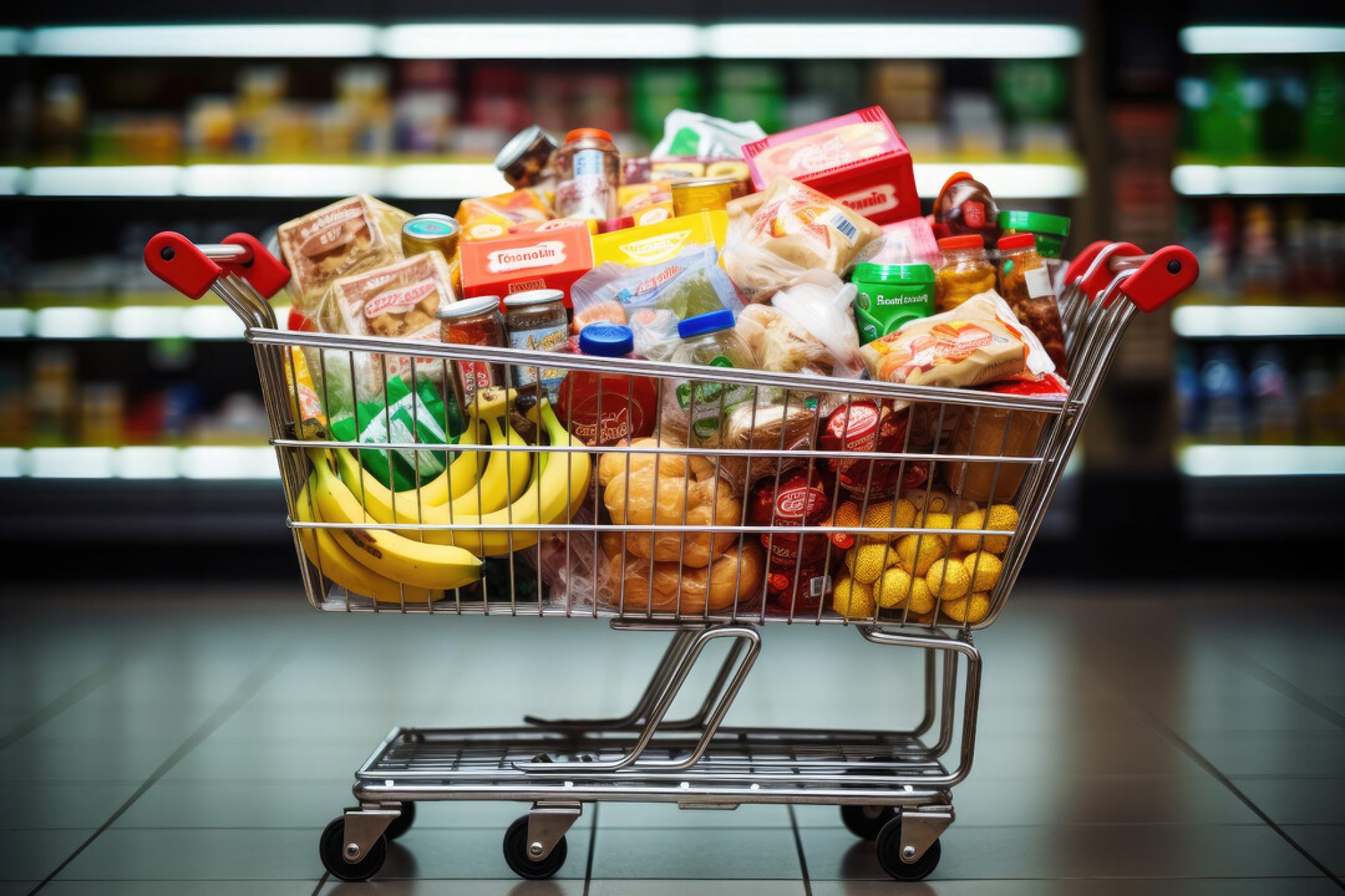Risks & Management:
-
- Risk
- We are a bit worried that the case and hardware components will be too heavy to be equipped to the case
- Risk Mitigation
- Start creating prototypes of the case before the final 3D printed design
- Test it on the shopping cart attachment clip
Design Changes & Justification:
-
- No design changes have been made
Progress:
-
-
- Since we were unable to test MQTT communication due to hardware availability, the timeline for testing real-time cart updates has been slightly pushed back. However, this is planned to be done on the following week, along with developing the allergy filtering. This will allow us to stay on track.
-
- Updated Schedule:

- So far, we have made progress on
- Developed UI for all main pages
-
- Retrieving UPC code from barcode scanner and rasberry pi connection
- CAD design for 3D printed case
A: Consideration of Global Factors
The smart cart attachment has consideration for global factors as it makes grocery shopping more efficient and accessible for people from all backgrounds. By accommodating diverse dietary needs, preferences, and shopping habits, it ensures that every shopper can quickly find products that align with their lifestyle. Features like barcode scanning, automated list creation, and real-time price comparisons help reduce time spent in stores and prevent unnecessary purchases. Whether someone is looking for healthier options, managing a strict diet, or simply trying to shop more efficiently, the smart cart provides a seamless and intuitive solution that adapts to individual needs and is not limited to any specific area or group of people.
B: Consideration of Cultural Factors
SmartCart has consideration for cultural factors as it enhances the grocery shopping experience by accommodating a wide range of dietary needs and nutritional preferences. By integrating databases of religious, cultural, and health-based dietary restrictions, the device can help users make informed choices aligned with their personal or religious beliefs. For instance, it can flag non-halal or non-kosher items, suggest vegetarian or vegan alternatives, or highlight gluten-free products. This functionality ensures that users not only shop efficiently but also make choices that align with their dietary restrictions, health goals, and cultural preferences, making the shopping experience more personalized and culturally inclusive.
C: Consideration of Environmental Factors
SmartCart contributes to reducing food waste through smart meal planning and ingredient substation features, enabling users to maximize existing resources rather than discard usable items. Additionally, by providing real-time inventory tracking and budget management, SmartCart eliminates unnecessary purchases and excessive consumption that typically lead to waste generation.
From a sustainability perspective, SmartCart reduces paper waste by replacing traditional receipts with digital purchase tracking. While our current model includes budget tracking with price estimates accurate within ±5% (due to variations for weight-based produce), future improvements could enable completely paperless checkout, eliminating receipt waste and further enhancing eco-friendly shopping experience.
A was written by Aanya Rustogi, B was written by Lekha Punya, and C was written by Lois Yun.





